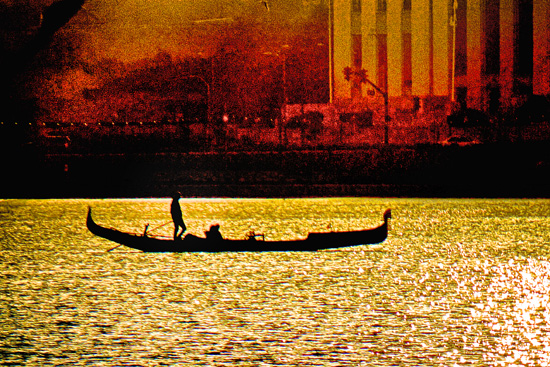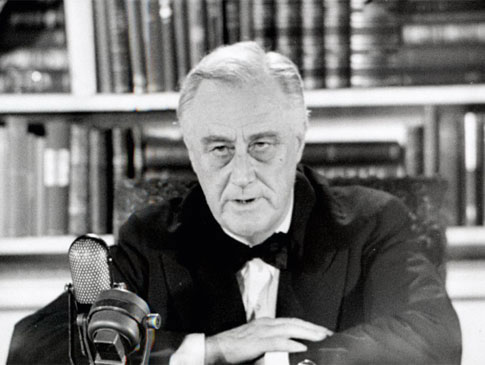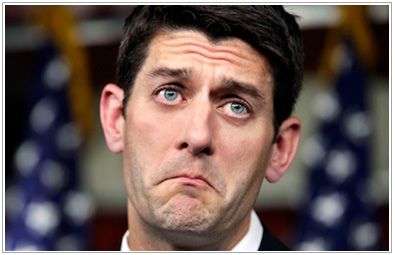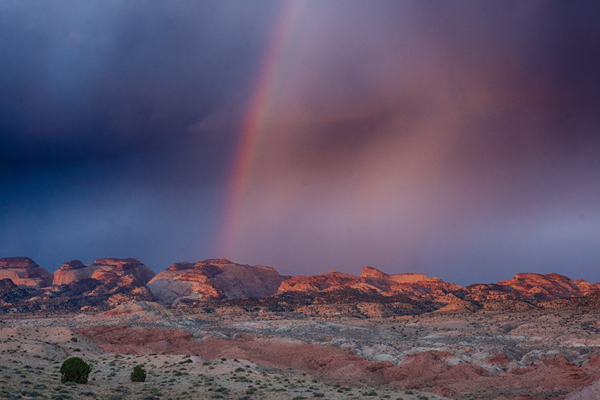by Alan Briskin | Empathy, Fate

Insight-Out is an extraordinary program founded by Jacques Verduin, a man I met briefly in Assisi, Italy as part of a larger global network of innovative initiatives supported by The Fetzer Institute. Insight-Out is an in-prison rehabilitation program and includes the one year GRIP program – Guiding Rage into Power – for San Quentin inmates.
Here is one story recently showcased in their newsletter. It concerns a lesson most of us would rather avoid, but none of us can say our lives have not been punctuated by the darker aspects of fate. How we engage this fate, including unfairness and hard times, is at the core of the soul’s maturation:
My night was like any other night. It was 8PM, time for “close custody count” (all prisons have ‘institutional counts’ wherein they count each prisoner’s body to ensure no one is missing or has escaped. Not being there for count is considered a serious violation).
Read the rest here …
by Alan Briskin | Collective Folly, Collective Wisdom, Conscious Capitalism, Leadership, Politics

There are consequences to avoiding our fate, especially at the collective level and especially when we have been given stark warning. In this case, the warning came from Franklin D. Roosevelt and it is as much about the interior domain of the collective as well how it manifests at the highest corporate and government levels. Clothed by interest groups shaped by fear and greed, the ensuing garment hides self-interest while emphasizing the fine fit of those who have prospered. The warning Franklin delivers is about ignoring our social responsibility at the same time we scapegoat those who have not succeeded. The consequence is a putrefaction of our thought process, a shrillness to our emotional responses, and a fatalism about a better future.
From Becoming Conscious of Capitalism:
The economic bill of rights highlighted a scar in the American psyche. Roosevelt’s time in office, which included a failed coup d’état directed against him, deepened the resolve of factions opposed to government intervention. From this moment on, a widening split would cleave those who believed in federal intervention from those who perceived arrogance in a government that addressed questions of economic distribution.
Read more…
Filmed presentation of FDR’s speech on an Economic Bill of Rights:
by Alan Briskin | Collective Folly, Conscious Capitalism, Politics
 As if on cue, Republican Party nominee for Vice President and current congressman, Paul Ryan, was back in the news warning about “generations of men not even thinking about working or learning to value the culture of work, so there is a real culture problem here that has to be dealt with.”
As if on cue, Republican Party nominee for Vice President and current congressman, Paul Ryan, was back in the news warning about “generations of men not even thinking about working or learning to value the culture of work, so there is a real culture problem here that has to be dealt with.”
Ryan then offers a bait and switch, condemning government programs that have historically addressed the consequences of poverty and offering up free market solutions, like limiting long-term unemployment insurance and opposing living wage policies. Somehow his fear of a “dependency culture” has led him to believe in the superior intelligence of private enterprise and the character faults of an underclass bred to depend on government assistance. How I would love to agree with him, but then we would both be horribly wrong.
For some historical antecedents to this debate, read my two-part series from “Becoming Conscious of Capitalism”, beginning with How Wealth Became Concentrated and the Poor Were to Blame: Paupers are Everywhere.
by Alan Briskin | I Heard It Like This..., Self Awareness, Spirituality
I Heard it Like This…
Reflections of an inspired talk by Buddhist teacher Joan Halifax.

HDR photography by Alan Briskin
TEN STEPS ON THE PATH OF SELF AWARENESS
There are ten steps we all can take to enlarge our self awareness. These steps are like strings on an instrument or notes on a piano. We can practice them separately but when played together, we can make beautiful music.
(if you prefer to listen & meditate – there is approx. 30 seconds of silence after the bell, before Alan speaks again; but you can fast-forward if you don’t wish to meditate)
The tenth step is ENGAGEMENT. What kind of engagement? An intentional form of cognitive and emotional engagement achieved through practice. Practice is what brings to life increased self awareness. Practice is what allows for refined neuro-cognitive linkages to form in our brain. Practice is what allows for knowing the difference between spontaneous action and intentional restraint. Wisdom cannot be gained through lofty thoughts alone, if at all. However, joined with practice, each of us can become life long learners, more skillful through encounter and engagement with the world.
The multiple paths of self awareness bring the attention inward. This is the paradoxical discovery that complements outward engagement. We become witnesses to the many selves constellated within ourselves. We become more at ease with unconscious processes because we are not the final masters of our thoughts and feelings. Instead we become co-creators with our inner life, tending to the living springs that nourish us and which flow toward the interconnected emotional waters we call compassion.
At some point along the journey, engagement with inner self and outer world become more fluid. How could it be otherwise if we embrace the many paths of self awareness – knowledge with affect, intention with non-attachment, moral sensitivity with the ability to distinguish self from other. How much more satisfying it is when we become disciplined non judgmental observers of our mind’s activities and respectful companions to our body’s wisdom. No longer living in a simple duality between this or that, we become weavers of a multi-colored tapestry that includes self and world, the world and the Self.
by Alan Briskin | I Heard It Like This..., Self Awareness, Spirituality
I Heard it Like This…
Reflections of an inspired talk by Buddhist teacher Joan Halifax.

HDR photography by Alan Briskin
TEN STEPS ON THE PATH OF SELF AWARENESS
There are ten steps we all can take to enlarge our self awareness. These steps are like strings on an instrument or notes on a piano. We can practice them separately but when played together, we can make beautiful music.
(if you prefer to listen & meditate – there is approx. 30 seconds of silence after the bell, before Alan speaks again; but you can fast-forward if you don’t wish to meditate)
The ninth step is BODY SENSING. What kind of body sensing? The sensing that allows us to read the visceral wisdom of our own physical being. We can use technology to track our sleep cycles, find a great place to eat, or navigate between point A and point B, but do we know when our own body is distressed, frightened, exhausted or exhilarated? Do we know when to rest, eat foods that nourish us, and navigate well socially demanding situations? Our physical body is its own technological marvel that cannot be replaced by external systems. We inhabit our bodies and our bodies, from toes to the tip of our head, provide us with an extraordinary capacity to sense what is going on inside us and what others may also be feeling.
Body sensing is a central aspect to self awareness because nothing reveals so clearly the energetic state we are in. Heart rhythms influence emotional processing, higher order cognitive functions, and possibly even how and what we perceive of reality. Our nervous system has a memory only loosely under control of our conscious thoughts. Months after a woman was in a head on collision, she flinches on seeing oncoming traffic, though she consciously knows the cars are in their proper lanes. Sensing danger or feeling pain, our bodies contract and tense up, feeling love we expand and soften, frightened we might quiver or shake. Certain forms of autism and emotional fragility are associated with disassociation from one’s body. To know and respect the body in all its nuanced forms and signals is to ground oneself in the flesh and a basis for genuinely sensing into the energetic states of others.






